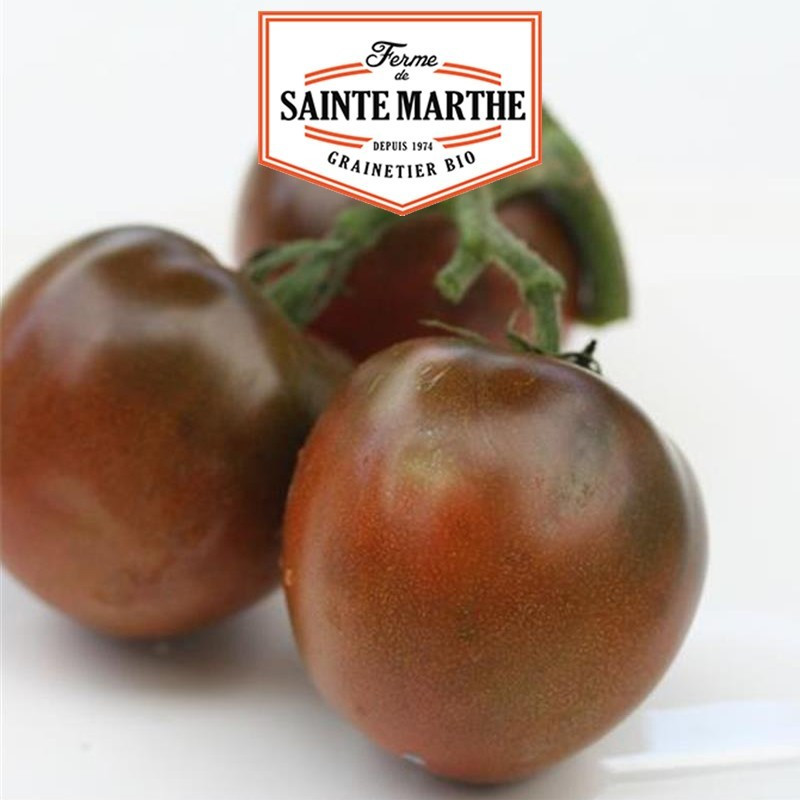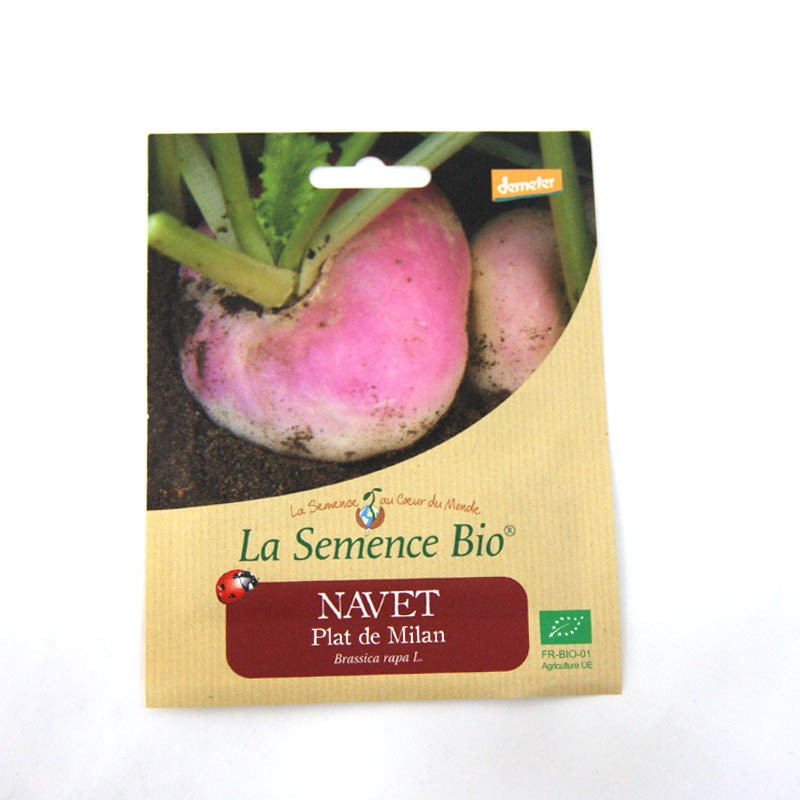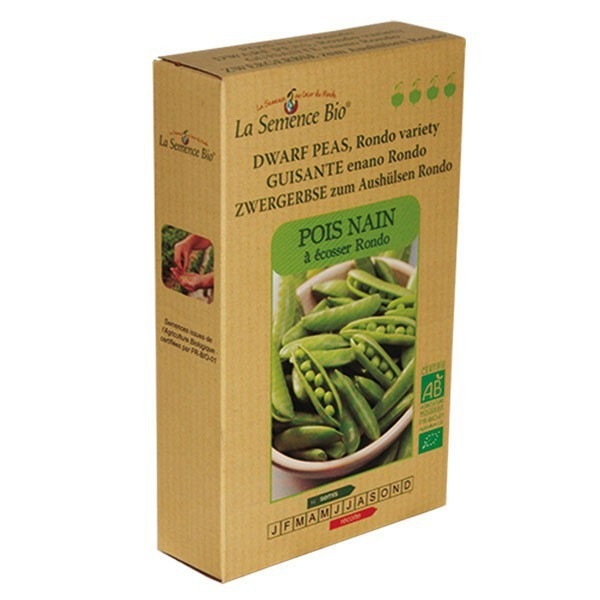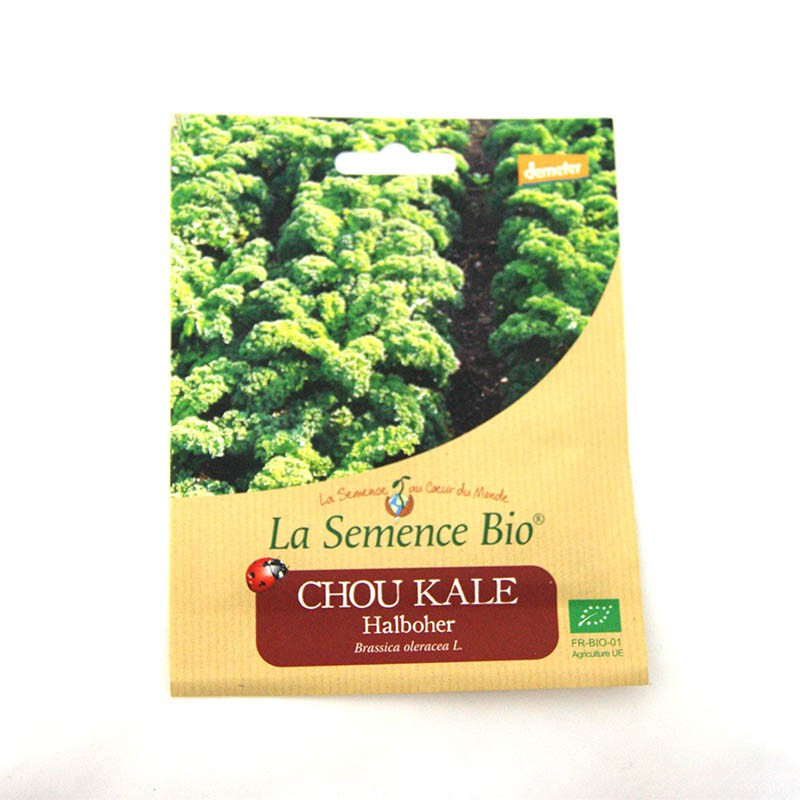
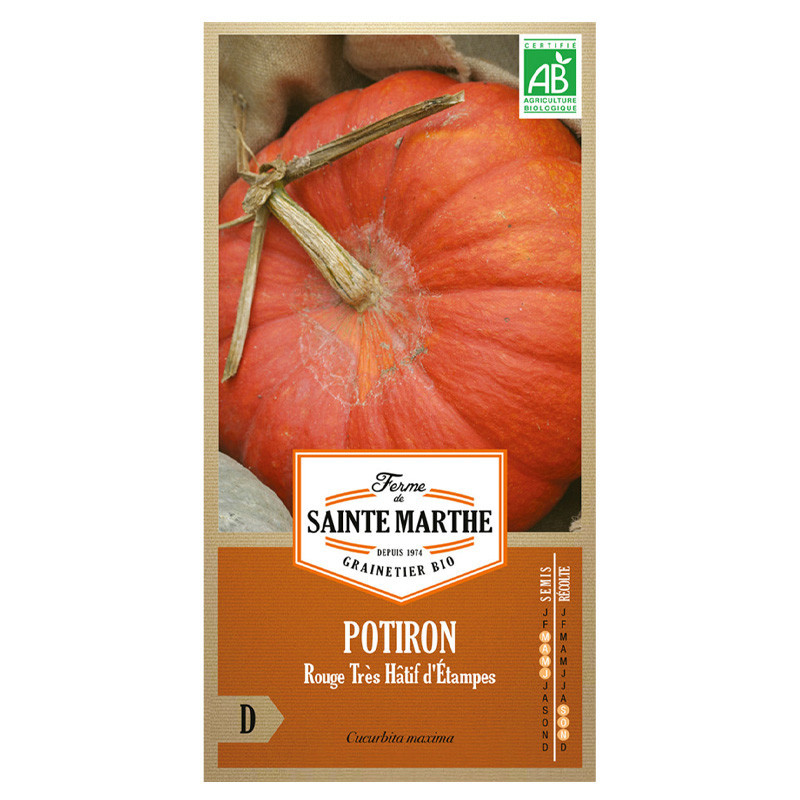




Red Pumpkin Très Hatif d'Etampes - 15 seeds - AB - La ferme Sainte Marthe
Indoor Discount offers you quality seeds, carefully selected to guarantee rapid germination and vigorous plants
Data sheet
-
TypeSeeds
Get quality results with our selection of seeds!
Étampes very early red pumpkin seeds enable you to grow a specific variety of pumpkin, appreciated for its intense red color and earliness. This pumpkin is native to the Étampes region of France, and stands out for its ability to produce fruit early in the season. Étampes' very early red pumpkins are often used for decoration thanks to their bright color, but they are also delicious in many culinary recipes. Their sweet, flavorful flesh is perfect for soups, purées, pies and roast dishes. To grow very early red Étampes pumpkins successfully, we recommend providing them with well-drained soil, rich in organic matter, and a sunny location. They also need regular watering and protection from late frosts in regions with shorter seasons.
Organically grown (AB)
Good to know:
Sowing: March / June
Harvest: September / OctoberThe Potiron Rouge Vif d'Etampes is a vigorous, early variety, producing 1 to 4 fruits per plant, 30 to 50 cm in diameter and weighing 5 to 15 kg on average. The flesh is thick, orange-yellow, ideal for soups, gratins, purées and jams. For successful sowing, we recommend sowing in pots in April, maintaining a temperature of at least 12°C and watering moderately. The seeds should be placed on edge and the cups close to a light source.
For cultivation, plants should be transplanted in mid-May in a sunny spot, 1 metre apart for non-running varieties and 1.20 metres between rows and 2 metres between rows for running varieties. It is advisable to pinch the stems to stimulate their development and mulch the base to limit weeds and conserve moisture. In summer, watering at the base without wetting the foliage is essential. Avoid growing near potatoes, but beans and cabbage are good combinations.
If the plant doesn't produce flowers or fruit, this may be due to hot weather affecting the formation of female flowers or a lack of pollination. Attracting pollinators with floral mixtures can solve this problem.
Harvesting takes place between September and November, often before the first frosts. Observe the stalk, which becomes corky when the fruit is ready. Do not grab squash by the stalk to avoid damage. Fruit should be cut close to the stem, left to dry in the sun, then stored in a dry, well-ventilated place between 12 and 20°C. For small quantities, the top of a cupboard or closet is ideal.
Details:
- Height: 150 to 400 cm
- Color: Red
- Life cycle: Annual
- Type: Reproducible seeds
- Plant habit: Coureuse
- Soil: Humus
- Sowing depth: Equal to seed size
- Seed emergence: 5 to 10 days
- Sowing technique: In pots
- Sowing container: Cup
- Watering frequency: Moderate / Daily
- Exposure: Sun
- Foliage: Deciduous
- Hardiness: Frosty
- Planting: In the ground
- Spacing: 200 cm
- Sowing to harvesting: 100 days on average-
-
TypeSeeds
-
Trier ses déchetsNos emballages et/ou nos produits peuvent faire l’objet d’une consigne de tri. Plus d’info.
-

